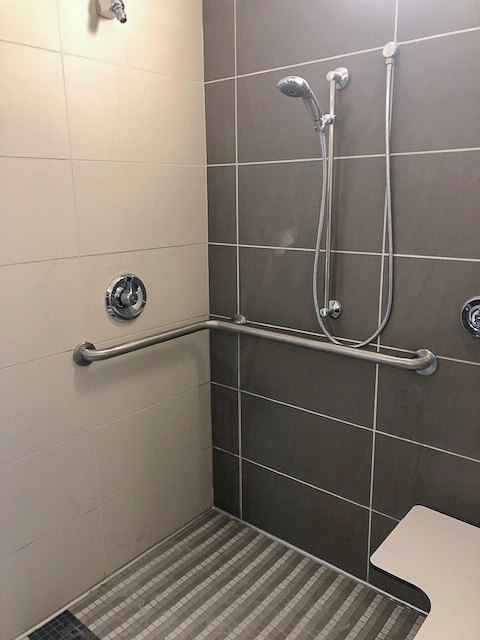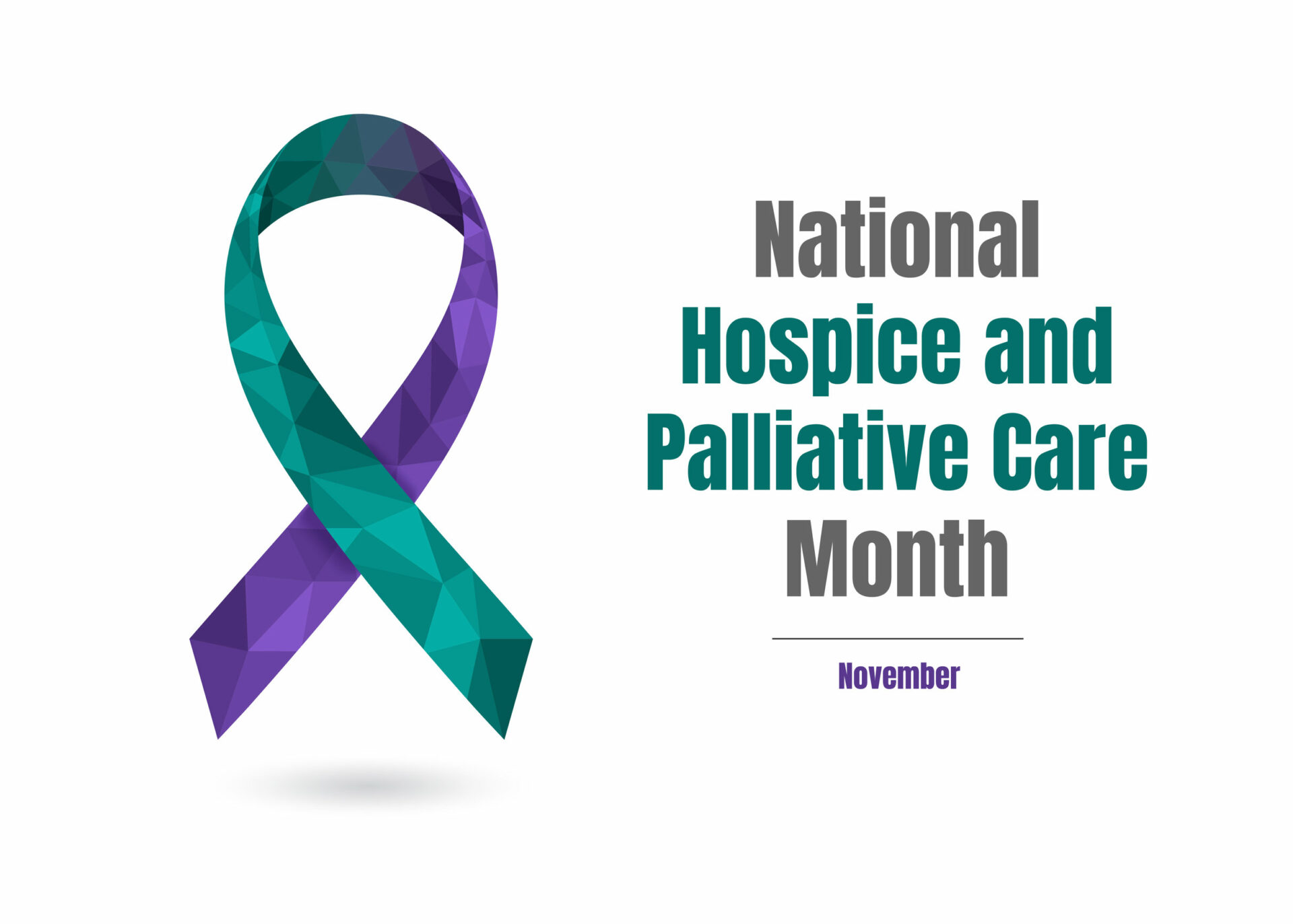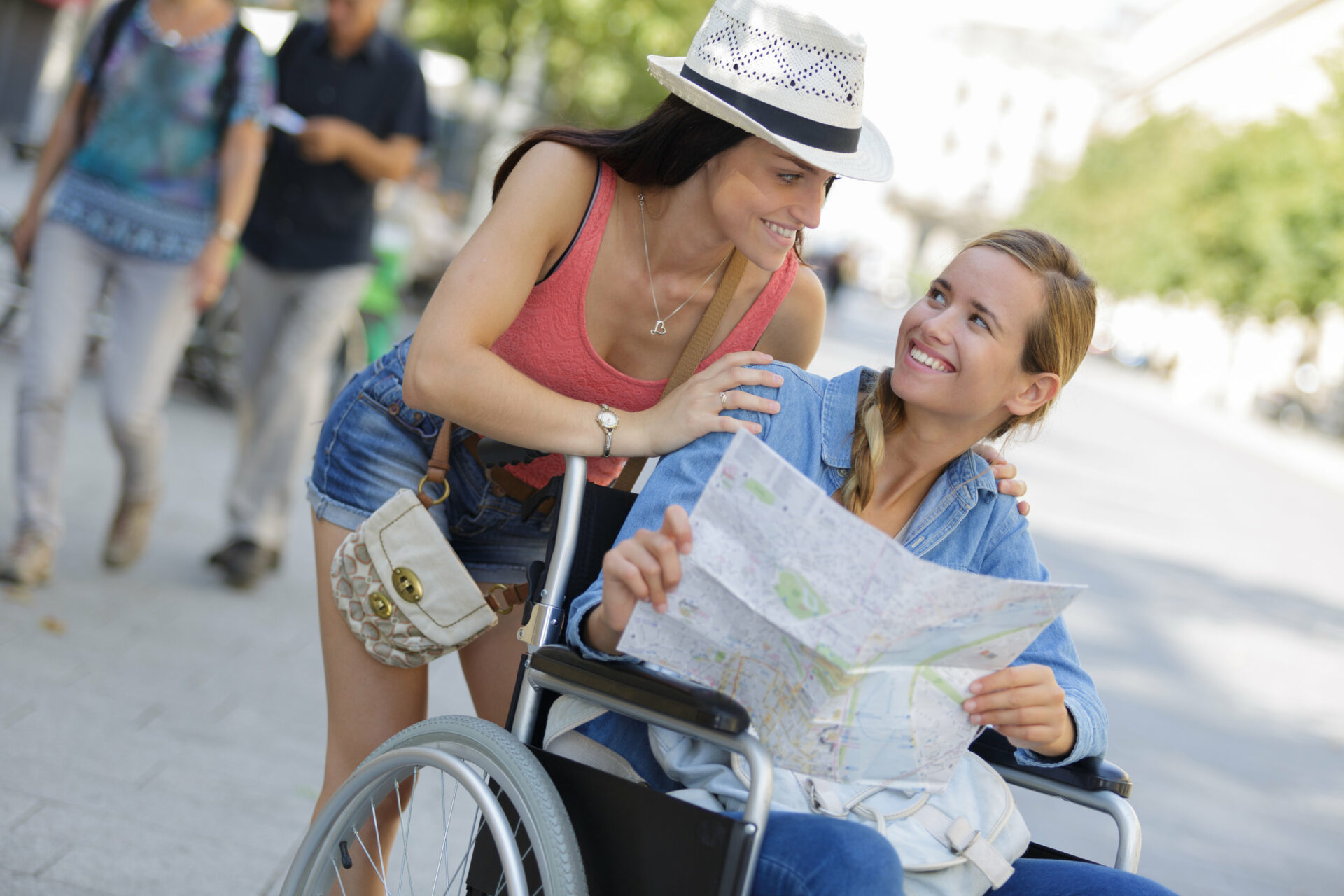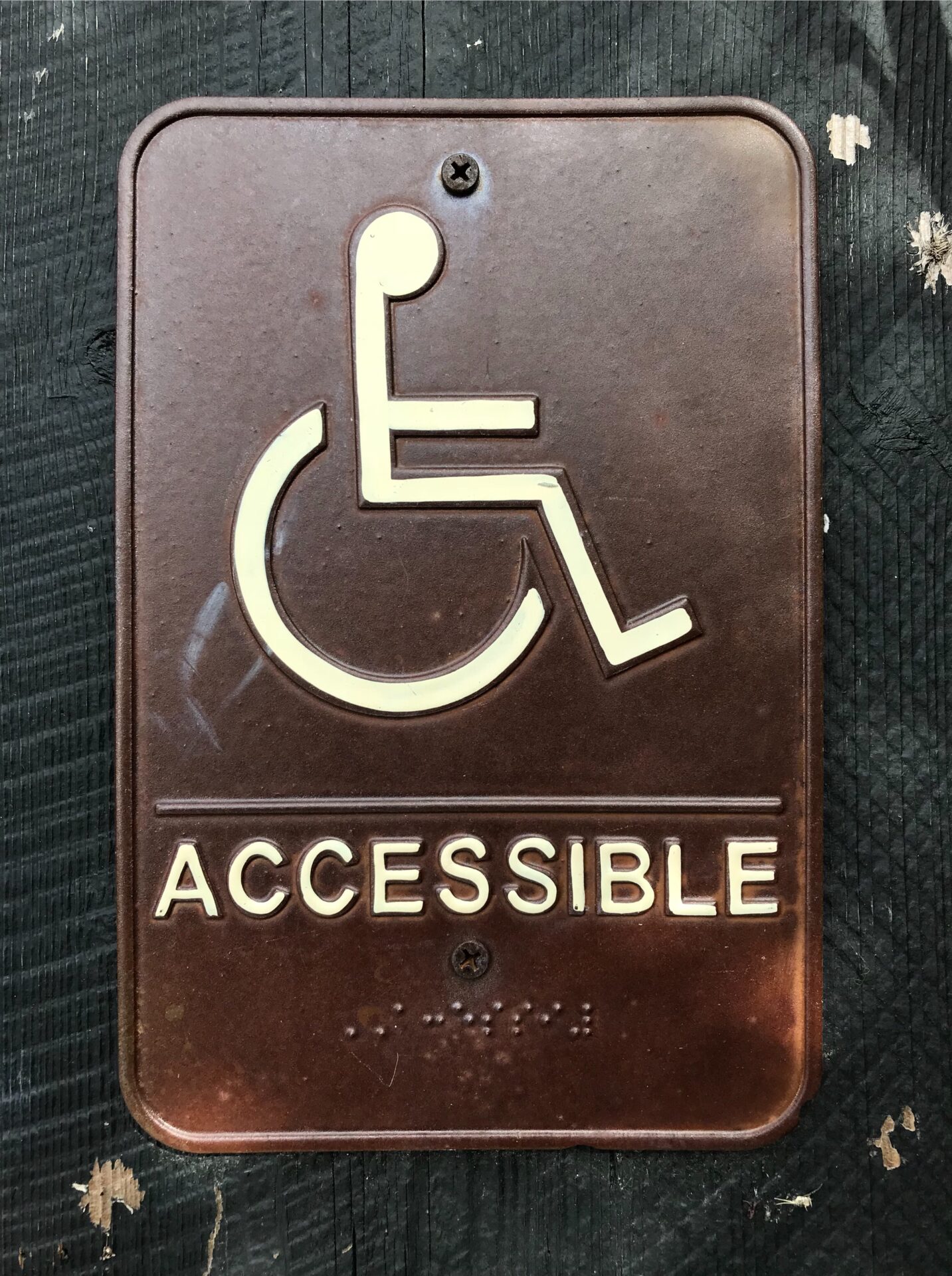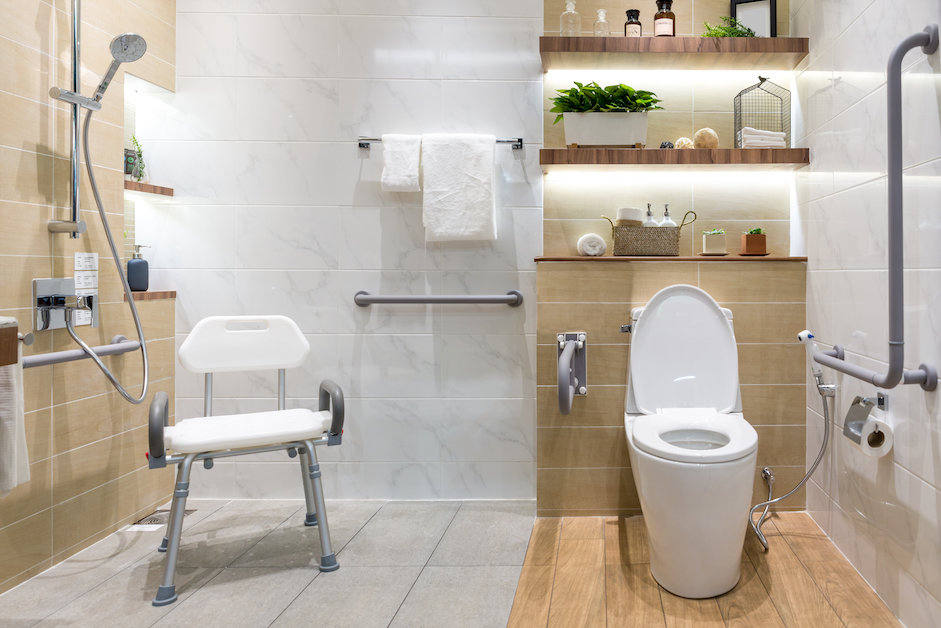Disability Day is on December 3rd by the International Day of People with Disabilities, dedicated to bringing awareness and compassion for the challenges faced by people with disabilities. The theme for this year is leadership and participation of persons with disabilities toward an inclusive, accessible, and sustainable post-COVID- 19 world. With this goal, they hope to recognize the challenges, barriers, and opportunities for people with a disability.
Since March 2020, when COVID-19 began, many people were affected by drastic changes, such as working and primarily staying at home, being away from our loved ones, and masks. However, those with disabilities had several negative repercussions from COVID-19. Their social isolation was more pronounced, and there was a lack of emergency equipment to help individuals with specific needs.
Why Do We Celebrate Disability Day?
According to the United Nations, the first annual observance of the International Day of Disabled Persons began in 1992. Since then, the day is celebrated to help create change and bring awareness for people with disabilities.
Themes from Previous Years:
Since 1992, there have been several different celebrated themes. Some include:
- 2014: Sustainable development – the promise of technology
- 2012: Removing Barriers, open doors for an inclusive society and development for all
- 2007: Decent work for people with disabilities.
- 2002: Independent living and sustainable livelihoods
- 1998: Arts, culture, and independent living
As seen above, some of the themes are about independent living. And at Next Day Access, we offer products and solutions to help aging loved ones and people with disabilities live independently at home for as long as possible. We offer accessibility and mobility solutions to keep your home safe. Contact us to schedule a free in-home consultation.






